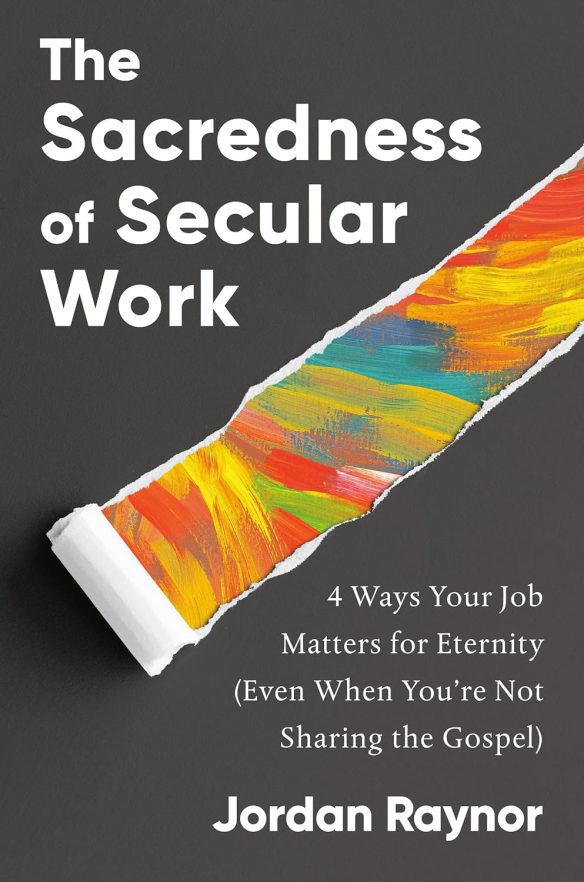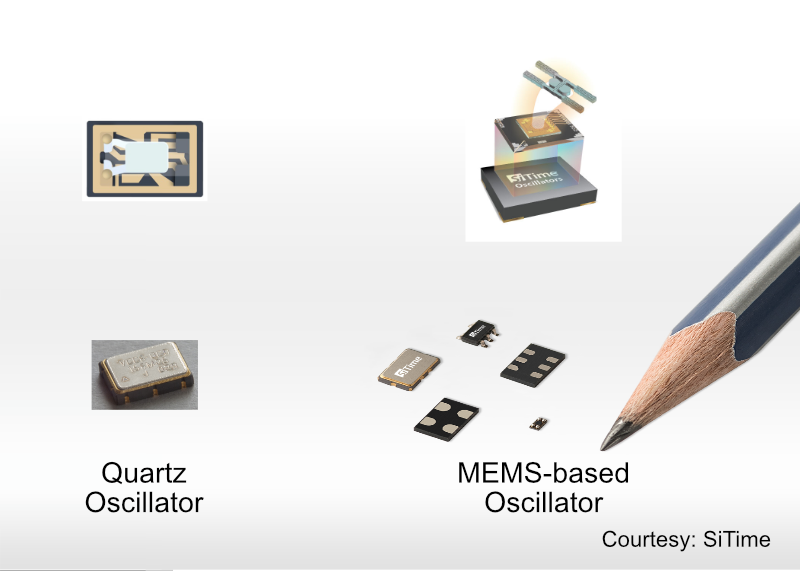I started ClearPurpose in 2020, making 2023 our 4th year. Each year I like to look back and see which of the ClearPurpose articles caught your attention. I specifically look at the full catalog and identify the articles that got the most attention in this calendar year.
It’s fascinating to me how balanced your favorite articles are. There are either 2 or 3 from each of the 4 years we’ve been publishing. There also are a range of different types of articles: 4 book reviews, 2 stories of companies working through strategic decisions, 2 articles about specific tools used in strategy work, and 2 articles more broadly covering strategic topics.
With that brief overview, here’s the countdown of your top 10 articles of 2023, with a brief snippet from each:
Fall in Love with the Problem, Not the Solution is full of insights and advice for entrepreneurs based on one man’s experience at some very successful startups. There’s a lot in it that I agree with and would probably give the same advice to companies I was advising. There are some things I disagree with and I would give counter-advice. As long as the reader takes the content for what it is — one man’s opinion — this can be a very valuable book for entrepreneurs.
According to Fierce Wireless, T-Mobile has agreed to sell the wireline business the company gained as part of its acquisition of Sprint to Cogent Communications for $1. In 2004, when I was director of strategic planning for the division of Sprint that managed the wireline business, we first seriously looked at selling this asset. Over the next 10 years in that role and as vice president of corporate strategy, we considered the possibility of selling Wireline several more times, even going so far as holding exploratory conversations with potential buyers.
Some strategy tools are analysis focused. They collect and present information to help drive clarity for decision making (e.g. the BCG Growth Share Matrix). Some provide a framework for developing and representing strategic hypotheses (e.g. the Business Model Canvas). Still others can help identify resource and capability mismatches that can lead to strategic failures (e.g. the Diamond and Square Framework).
The Customer Network Strategy Generator, on the other hand, is more like a pilot’s pre-flight checklist, walking a strategist through the steps necessary to develop winning customer-facing strategies in the new digital age.
I think the analogy of a computer operating system to a business operating system is valid. … With that analogy in mind, here’s my working definition of a business operating system.
A Business Operation System is the intentionally designed, consistent set of business practices that optimize business operations in alignment with the business’ strategy and culture.
Bottom line, I strongly recommend Competing in the Age of AI to anyone wanting to understand how the digital revolutions are transforming how firms operate and industries compete. As with any book, there are areas where I don’t completely agree with the authors, but in general, they provide perhaps the best treatment of the topic to date.
What It Teaches: Companies must choose to provide the best offering in the marketplace by excelling in one of three specific dimensions of value while maintaining threshold standards on the other two dimensions. Those three dimensions are best total cost, best product, and best total solution.
When To Use It: The Discipline of Market Leaders is all about competitive strategy. Review the key lessons in the book when preparing for discussions about competitive strategy and the follow-on planning around culture, organizational structure, core processes, management systems, and information technology necessary to achieve the chosen competitive strategy.
What It Teaches: As the title implies, this book contains 10 classic articles on strategy from Harvard Business Review. Many of these articles became full length books, so to some extent, this one small book serves as a much quicker way to learn the key messages contained in some of the top strategy books.
When To Use It: The ten articles featured in this book roughly break down into five on strategy development and five on strategy execution. The topics covered range from industry analysis to vision development to management scorecarding to front line decisions and actions. So, in effect, the book covers the entire strategy lifecycle and may prove useful in many diverse situations. It’s certainly worth becoming familiar with the content once and then keeping it handy for quick reference when needed.
So, to hit on all the things we’ve talked about so far, a strategy:
Is a framework with depth and dimensionality to deal with uncertainty
Provides long-term vision
Defines the goal being pursued
Sets a direction forward
Identifies critical near-term objectives
Communicates all of the above clearly and coherently, and therefore
Enables decision making
I like to describe the value that carriers like Nextel brought to pre-iPhone software developers as being in three buckets: bits, bills, and bags. First, Nextel provided the core data capabilities (bits) including the packet data network, the development platform, and the GPS data. Second, the company provided the business infrastructure (bills) including the “bill on behalf of” capability and frontline customer support. Third, Nextel served as a sales channel for the software companies (bags), both through the download site as well as through the growing Nextel salesforce, many of whom were focused on the specific industry verticals being targeted by the mobile business application developers.
Eisenmann introduces the first tool this way: “how can an aspiring entrepreneur know whether she has actually identified an attractive opportunity and determine what types of resources are required to successfully capitalize on it? The diamond-and-square framework provides the answers.”
I’m glad that articles from years ago are still providing value to you, my readers. Every week I receive a report letting me know which articles received the most attention that week. These reports are typically dominated by my most recently published pieces, but it’s always a joy to see ones from deep in the archives receiving new attention. I’m glad that my book reviews are helpful, that the stories I share might be inspiring you in your strategic journeys, and that tools I’ve uncovered are helping you day by day.
Most of all, I’m thankful for you and your continued encouragement. Let me know if there are any topics you’d like to see me cover, and feel free to reach out at anytime if there are ways that I can help you as you wrestle with the hard decisions leaders are continuously facing.




